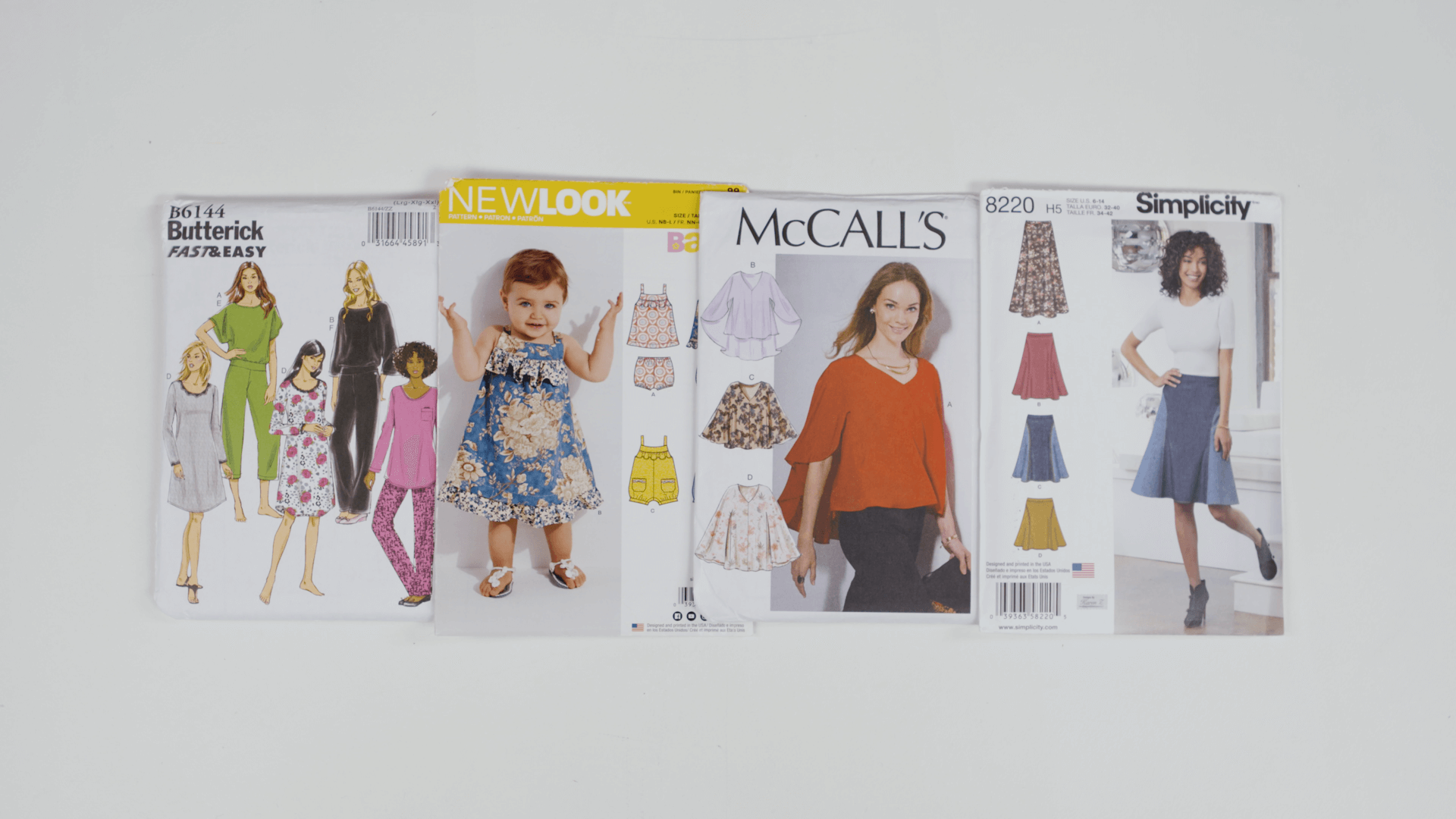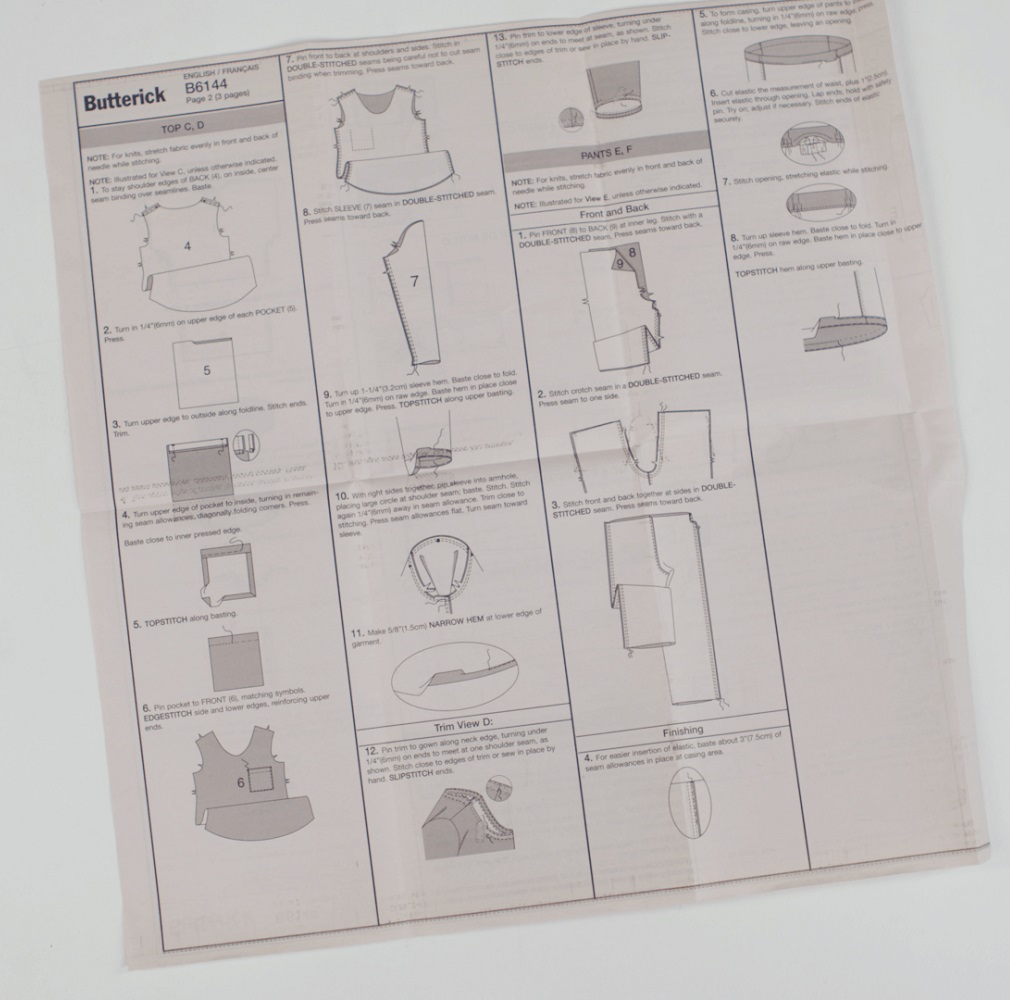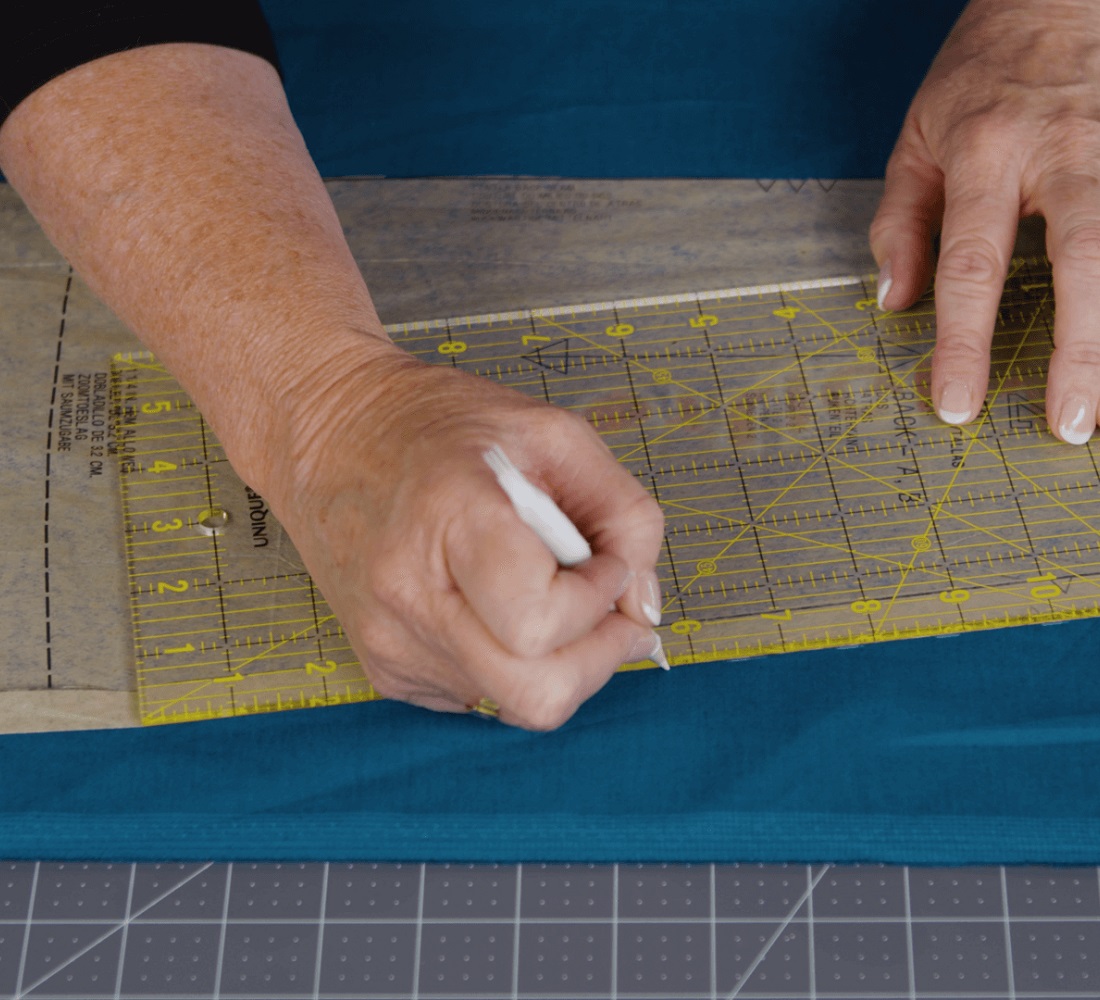 | ||
| Your browser is not supported. | ||
|
Please browse our site using any of the following options:
| ||
Paper Patterns Buying Guide
When you first flip over or open a paper pattern, they can look confusing. There's a lot of information on the packet and the pattern that will help you sew, and soon you'll be able to create a whole range of clothing and accessories.
Most paper patterns include a full outfit or project that you can make, including all the accessories, trims and finishes. In many cases, a pattern will include variations of a garment, which allows you to mix and match to create your perfect look. You may want to change the hem length of a skirt, or swap a sleeve type - this can be done within the patterns or even by combining more than one pattern with a little know-how. Costume patterns will also often include headwear, masks, or even shapes for making armour! Quilting and craft patterns will help to kickstart your creativity in a range of diverse project types, including doll's clothes, bags and even shoes.
Choosing your Pattern
Patterns are catalogued in large books, many of which are released in new 'seasons' a few time each year. Each book is separated into sections such as dresses, kids clothes, costumes and more, to help you find the kind of pattern you're looking for.
Start by identifying what you're trying to make. Remember that you can mix and match (this is more easily achieved using patterns from the same brand or designer), or you can directly alter the pattern pieces yourself to achieve your desired look. Sometimes, a particular skirt or bodice style might be a component of a different pattern, such as a costume or wedding dress.
Remember that the fabrics used in the pattern photographs are just a suggestion. You can choose whatever you like, as long as the fabric type is compatible with the pattern.

Reading the Pattern Envelope
Paper pattern envelopes contain most of the information you'll need to understand what you need to create the project. On the envelope you will find:
- Photos or illustrations of the finished piece so you can visualise the finished product.
- Line drawings of the different variations - what will this same jacket look like with shorter sleeves, or can I make this dress longer? Variants will be listed with letters - you'll have variant A, variant B and so on.
- A list of recommended fabrics and tips on if you need to buy more of a particular fabric - unless you're told otherwise, choose one that's on the list so the garment hangs right on your body (the most important factor here is to note whether the pattern is made for a knitted or woven fabric - knitted fabrics have stretch, which means the pattern pieces will be made differently to those requiring more rigid fabrics).
- A size chart and how much fabric to buy for each size - you should measure yourself before you shop for fabrics. Each brand's patterns reference sizing slightly differently so refer to the size guide in the pattern book to see their recommended measurements.
- Information about which interlining, facings and boning to choose
- Recommendations on the notions - the threads, buttons, clasps and trims you need to complete the garment
- How easy or difficult it is - if you're a beginner, make sure you start with easy patterns until you get the hang of it!
Most pattern books have a few pages of references at the back - including how to take your own measurements, what the pattern sizing means, and how to get started.
Choosing the Pattern Size
You'll notice that many patterns have both metric (mm/cm) and imperial (inches) measurements on them and are written in two languages. In most cases, the metric measurements are accompanied by text in French or Spanish, as the majority of pattern companies are American and use imperial measurements. You just have to track across the size charts to work out which piece translates to each size.
Most patterns come in two size variations. As every body is different, you may not line up as a single size across the different sections of the pattern. This is okay- pattern pieces are designed to line up with one another even with different sizes. This is not so easy across two different envelope size ranges.

Reading the pattern inside
Inside the envelope, you'll find some thin pages with the pattern drawn on to it, and thicker pages that have some more information, including instructions on how to sew.
You'll find:
- Sketches for each variant - to show you once again what it looks like with shorter sleeves or a different collar
- A list of pattern pieces so you can check you've cut them all out
- A key that tells you what the symbols mean for this brand of patterns
- General sewing directions
- An overview of how you should lay out your pattern pieces on your fabric so you can cut with the grain, and so you waste as little fabric as possible. There will be a different layout for each variant.
- A step-by-step written guide with matching illustrations to explain exactly how to make your garment
Preparing your pattern before you cut
If your pattern is creased and folded when you take it out of the packet, you can use an iron on very low heat to press the creases out. This way you can cut and sew with precision without any lumps and bumps getting in the way. Make sure you turn off the steam and gently press - don't drag - the iron. You can also use this trick when folding up your pattern to put it away.
Cutting out your pattern
Each piece on the pattern has several lines that indicate different sizes.
- Use the size chart on the packet to match your measurements to one of the sizes.
- Then, cut along the right line for your size with some sharp scissors or a rotary cutter.
- Make sure that you cut all the pieces that apply to your variant (A, B, C, et cetera) and remember - you don't have to cut out pieces that you don't need.
- If you're unsure about size, cut out the largest version of a piece and pin it over an existing garment that fits, or onto your dressmaking mannequin if you're using one. You can then work out the closest version of the size that is right for you. It's always easy to trim down pattern pieces that are too big!
- If you want to use the pattern to create a couple of different garments in different sizes, you won't want to cut on the lines. Instead, use a piece of dressmakers chalk to transfer the size markings to your fabric or pattern card so you can use the pattern again and again.

Pinning the pieces in place
Follow the layout design on your pattern instructions to pin them in place on your fabric. The layout instructions in your pattern show you the most efficient way to pin the pieces so you don't waste fabric. Make sure that your fabric is the same width as the illustrated version, or you may have to get creative with your layout.
The layout instructions are also there so you lay your pieces in place according to the grain of your fabric.
- The grain refers to how the fabric is woven, which determines how it hangs, and which direction it stretches in.
- If your fabric has a print or pattern with a 'right' way up, you may need additional fabric so you can place your pattern pieces the correct way around. Most paper patterns do not take print or pattern into account.
- It's vital you pin your pieces right so your finished piece fits correctly and any patterns or prints are straight. Pin it wrong and you may end up with twisted fabric that you won't be able to fix
- Fabric with nap (when the fabric moves in two different directions, like velvet or corduroy) has its own pinning instructions - if you don't follow them, it'll look like you used two different colour fabrics.
- Look for the long arrows on your pattern, which you'll need to place parallel to the selvedge of your fabric. This keeps the pieces going along the correct grain so they sit flat against your body.
Transferring markings
Some pieces will have markings drawn on them that will show you exactly where to apply a different sewing method, create buttonholes or sew in darts.
Read your pattern's key to see what symbols are used, as these will be different from brand to brand. This will include:
- Notches, to show you where to sew your pieces together
- The locations where you can lengthen or shorten your pattern depending on the variant or your height
- Which direction your grain goes in
Some marks have a note telling you to transfer the mark so you can remember where they go once you've separated your fabric from the paper, you'll need to transfer them on to the fabric. There are a couple of ways to do this:
- Use a pen, pencil or chalk to draw the mark
- Use a pin to mark it out
- Use a tracing wheel and paper to transfer the lines onto the wrong side of the fabric
Always draw on the wrong/back side of your fabric.
Now it's time to follow the instructions that are included with the pattern and get sewing! Cut your pieces out with sharp fabric scissors, and leave them pinned to your pattern pieces until you're ready to sew- this will ensure you always know which way up and around each piece needs to be. Never throw your pattern pieces away, as you may need to cut a new piece out.
Now, follow the sewing instructions from start to finish, paying attention to any differences for the variation you're making. It's best to follow the order of instructions on the pattern as this will impact your final outcome.
Happy sewing!
Want to look at more Sewing & Quilting options?
Check out Spotlight's range of sewing & fabric ideas online, visit your local store or contact one of our experts for assistance.




